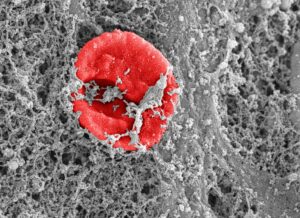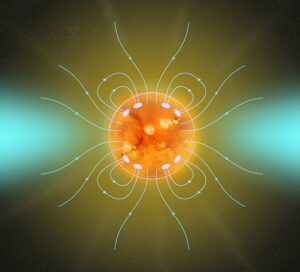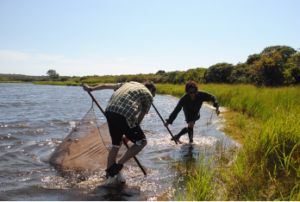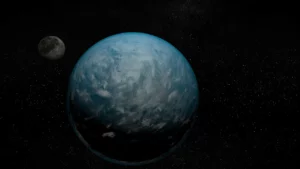
Flight to Recovery: How We Heal, According to Fruit Flies
Art by Luna Aguilar The moment a paper cut penetrates the skin, a cascade of biological events aimed at healing the wound is set into

Art by Luna Aguilar The moment a paper cut penetrates the skin, a cascade of biological events aimed at healing the wound is set into

Image 1: Risha (with lab coat) in front of the lab she works at. Photo by Fareed Salmon. Risha Chakraborty (YC ’25) describes herself as

Figure 1: The long non-coding RNA molecule Xist (in pink) promotes the production of proteins that inactivate the X chromosome. Image courtesy of Wikimedia Commons.

Image 1: Teaching fellows discuss the history of racist policies related to blood. Photography by Sara de Ángel. Tracing the Histories of Blood, from Vampire

Image 1: Jim Al-Khalili signs copies of his latest work after presenting a lecture for the Royal Society of Edinburgh as part of an event

Image 1: A man wearing a suit and hat is invisible. Image courtesy of Flickr. A Review of Invisibility: The History and Science of How

For a soldier returning from combat or a cancer survivor, the battle is not over even after recovery. These people are prone to severe, irreversible

Stars are born spinning. As they age, they slow down due to an effect called “magnetic braking.” Imagine you’re spinning around in a chair, slowly

Figure 1. Members of Kim’s team collect samples in Massachusetts for their genetic research. Image courtesy of Anthony Baniaga. In nature, the new kids on

Image 1. Two ambulances follow a police officer riding a motorcycle. Image courtesy of Flickr. From diagnosis to treatment, racial and ethnic disparities in medicine

Image Courtesy of Pixabay. Worsening asthma, severe coughing, and shortness of breath: all of these phenomena are side effects of ground-level ozone—a dangerous mixture of

Image courtesy of Pixabay. On a typical walk through New York City, you might expect to encounter tall, glass-covered skyscrapers, brightly lit department stores, and